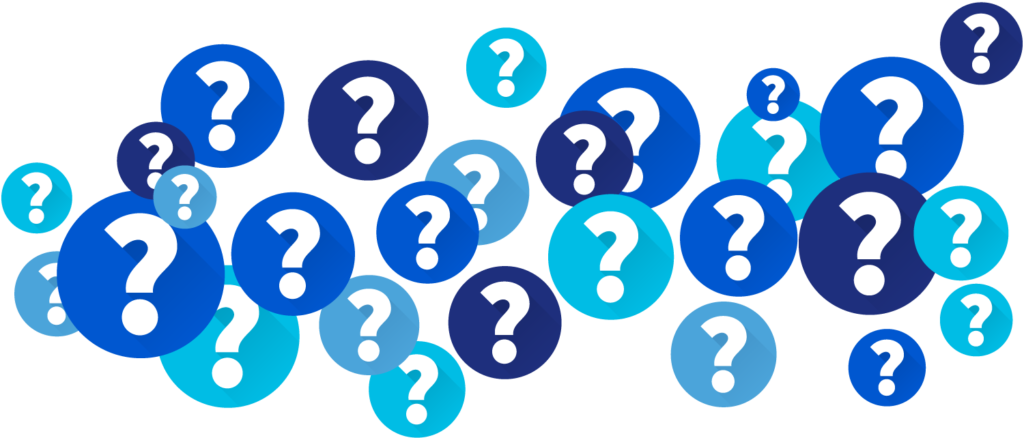FAQ on Novel Coronavirus (COVID-19)

What is COVID-19?
Coronaviruses are a large family of viruses that usually only cause mild respiratory disease, like the common cold. Two previously identified coronaviruses—Middle Eastern Respiratory Syndrome (MERS) and Severe Acute Respiratory Syndrome (SARS) have been more severe. This novel coronavirus is a new strain of coronavirus and has been official named COVID-19.
On January 30th, the World Health Organization declared Novel Coronavirus outbreak to be a Public Health Emergency of International Concern. The potential public health threat posed by COVID-19 is very high, both to the United States and globally. As of March 3rd, 77 countries have reported cases of COVID-19. In the US, 12 states have confirmed cases of COVID-19. Person-to-person community spread has been confirmed, although asymptomatic transmission is rare.
Washington State reported the first case of COVID-19 on January 21st. Governor Jay Inslee declared a state of emergency on February 29th, and King County declared a state of emergency on March 2nd. To date, 27 cases of COVID-19 have been confirmed statewide, including 9 deaths. Over two hundred people are under public health supervision.
What are the symptoms of novel coronavirus and how is it spread?
Symptoms include fever, cough, and shortness of breath. Senior citizens and people with underlying health conditions or compromised immune systems are at increased risk of severe disease.
COVID-19 is most commonly spread from infected persons to others through the air by coughing or sneezing; close personal contact such as touching or shaking hands and rarely via fecal contamination; and touching an object or surface with the virus on it and then touching the mouth, nose, or eyes before handwashing.
How is the threat from coronavirus being monitored?
The Washington State Department of Health is currently partnering with the Centers for Disease Control, local health districts, and multiple public and private agencies within the state (including WSNA) to keep the public informed.
A call center has been established to address questions from the public at 1-800-525-0127, press #.
The DOH has set up a separate webpage on their site specifically dedicated to the Novel Coronavirus outbreak. Currently, the state is tracking the following information at the state level. These numbers are updated daily:
- Number of positive (confirmed) cases
- Number of deaths
- Number of people under public health supervision
Additionally, the website contains resources for Local Health Jurisdictions and Healthcare Providers, Information for School Nurses and Administrators, and workplace recommendations.
Several schools have been closed statewide for deep cleaning after close contacts of students or staff were quarantined. This is out of an abundance of caution and for the protection of other students and staff.
What is WSNA doing to assist current efforts?
WSNA is taking part in the multi-agency public response established by the DOH. This has included webinars, phone conferences, and ongoing information sharing. Additionally, WSNA is responding to the concerns of members working at facilities with patients who are suspected of or known to have COVID-19. WSNA is working closely with those facilities and other stakeholder groups to ensure hospitals and staff have the resources and training they need to safely care for patients and remain protected.
The Department of Health is considered the primary source for accurate, up-to-date information. Therefore, WSNA is sharing information from the DOH on the WSNA website and social media platforms. This information is reviewed daily and updated as needed. WSNA members with questions or concerns are encouraged to contact their local Unit Representatives, the Public Hotline at 1-800-525-0127 press #, and the WSNA and DOH websites.
What are the current recommendations to protect against novel coronavirus?
Current recommendations to reduce the risk and spread of novel coronavirus are the same as for any viral respiratory infection. These include:
- Washing hands often with soap and water for at least 20 seconds. Use an alcohol-based hand sanitizer that contains at least 60% alcohol, if soap and water are not available.
- Avoid touching the eyes, nose, or mouth with unwashed hands.
- Avoid close contact with people who are sick.
- Cover the mouth and nose with a tissue when coughing or sneezing, then throw the tissue in the trash and wash hands.
- Clean and disinfect objects and surfaces.
- Stay at home and away from others if feeling ill.
- Stay current on influenza and pneumonia vaccinations.
Masking in public in the absence of respiratory symptoms is not recommended or necessary at this time.
It’s important to remember not to make assumptions by discriminating, spreading misinformation, or harassing individuals, families and communities that have made Washington their home. Just because a disease originates within a certain area of the world does not mean that every person who has an association with that country is ill or has the potential to contract COVID-19.

